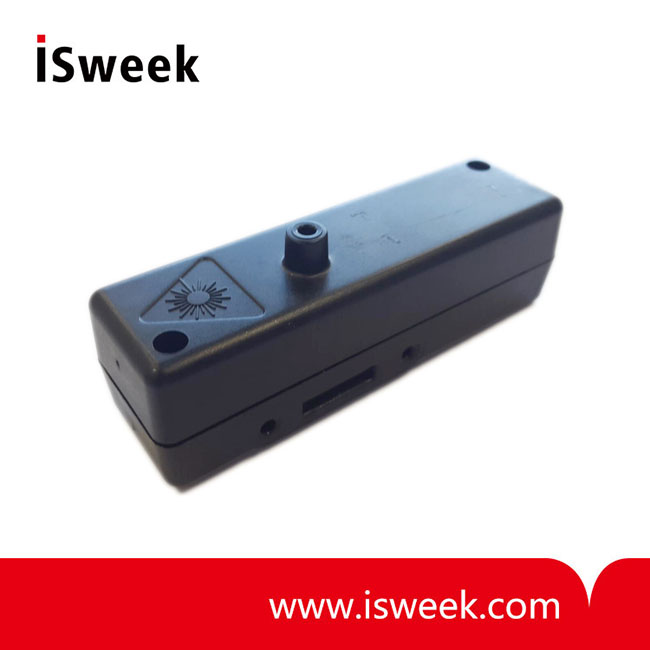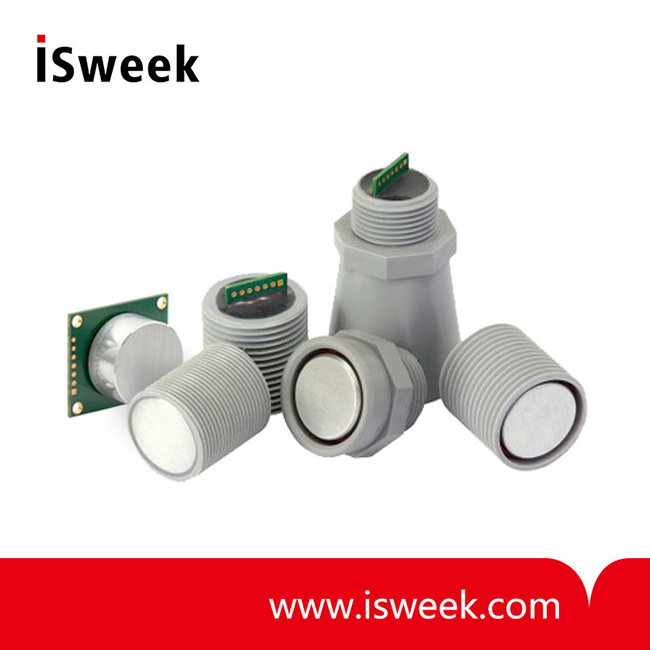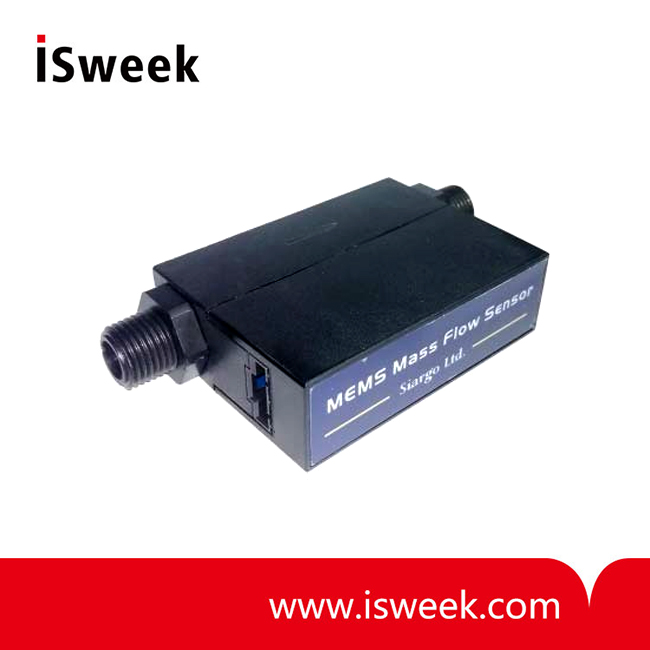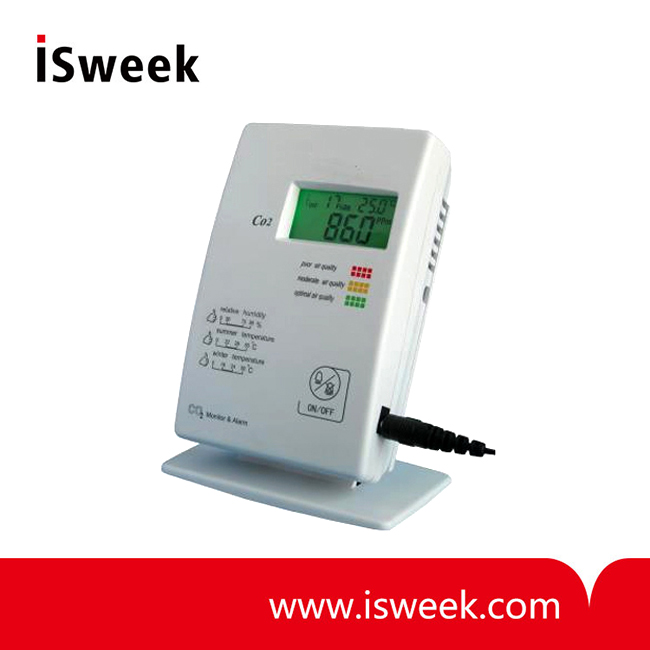Refrigerating fluid is the working medium in cooling systems such as central air-conditioning, heat pump air-conditioning, household air-conditioners, and other small-sized cooling equipment. The fluid circulates through the system, exchanging energy with the outside via changes in its thermodynamic states to provide cooling. Freon, the high-performing refrigerant introduced by DuPont in the 1930s, was once a milestone in the cooling industry. However, studies in the 1970s proved that the chlorine and bromine atoms in Freon can severely damage the ozone layer, allowing harmful UV rays to reach the Earth.
Conventional refrigerants damage the ozone layer or worsen the greenhouse effect, leading to severe environmental problems. With increased focus on environmental protection, finding an eco-friendly refrigerant has become a significant issue for the cooling industry.
Benefits of Propane Refrigerant R290
As a new type of environmentally friendly refrigerant, propane refrigerant R290 is a natural hydrocarbon fluid directly obtained from liquefied gas. Unlike synthetic Freon, R290 contains no chlorine or bromine, resulting in an ODP value of zero—making it harmless to the ozone layer. Furthermore, compared with HFC materials that also do no harm to ozone, R290’s GWP value is close to zero, indicating minimal impact on the greenhouse effect. Consequently, R290 is gaining acceptance among regulators and major air-conditioner manufacturers. For example, China Enterprise News reported that Gree launched propane air-conditioners using R290 last July, improving energy efficiency by 15%. Other enterprises such as Changhong, Midea, Haier, and Chigo are also developing air-conditioners that apply R290.
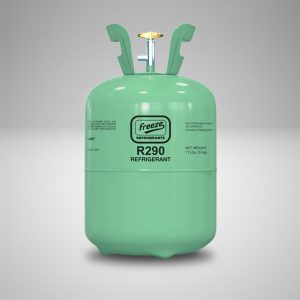
Leakage Risks and Safety Measures
Despite its advantages, R290’s flammability limits its mass application. When mixed with air, R290 can become explosive when exposed to a heat source or open flame. To ensure safe use, measures such as reducing the filling volume, isolating from fire, and preventing leakage are implemented. High-power air-conditioners require larger R290 volumes, increasing the risk of leakage; therefore, effective leakage monitoring is essential to reduce propane leakage accidents.
Pre-calibrated Propane Sensing Module AG-2-H2-M2610(D)
ISweek highlights a new pre-calibrated propane sensing module, AG-2-H2-M2610(D), for leakage detection in R290 systems. This module employs Figaro’s semi-conductive TGS2610-D00 sensor to measure propane gas concentrations within 0 to 20% LEL and offers optional PWM and USART outputs. Additionally, the module can detect sensor disconnection and short-circuit failures.
Module Features and Advantages
Designed for durability and stability, the AG-2-H2-M2610(D) operates across a wide temperature range and withstands exposure to silicon compounds and extreme environmental conditions. With negligible cross-interference from organic gases, this sensor is ideal for detecting propane leakage and other combustible gases, making it a reliable choice for industrial gas detection.



